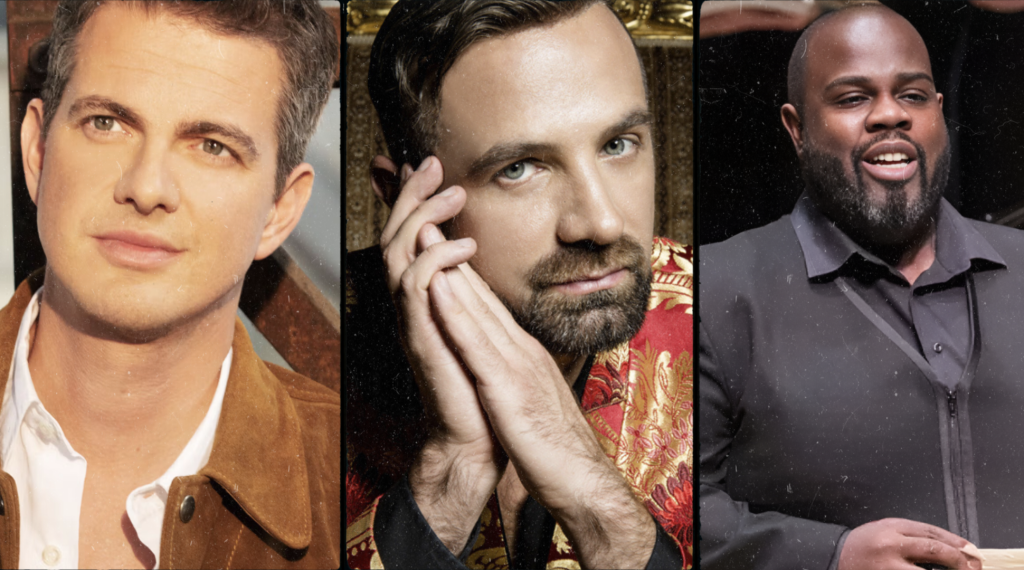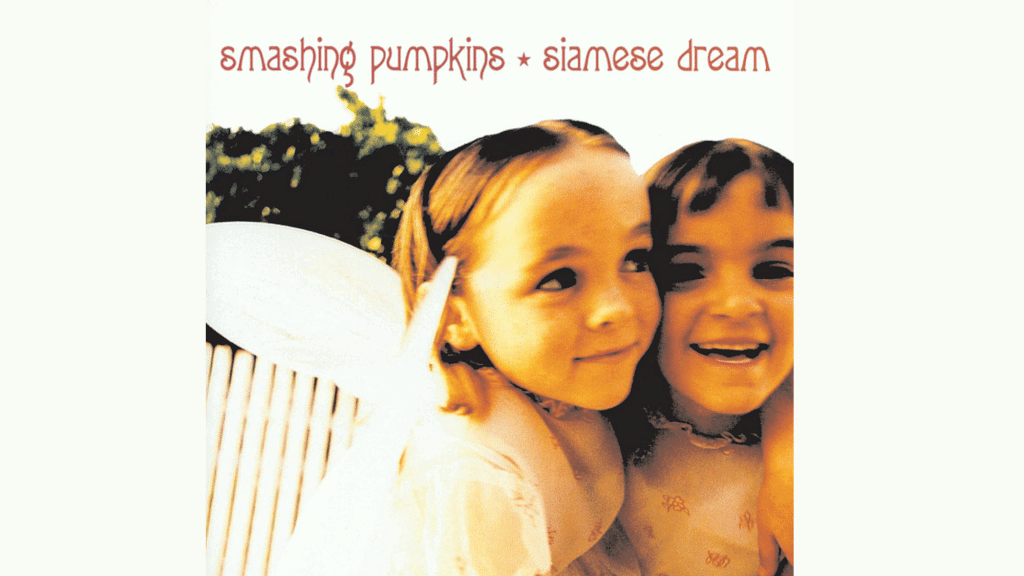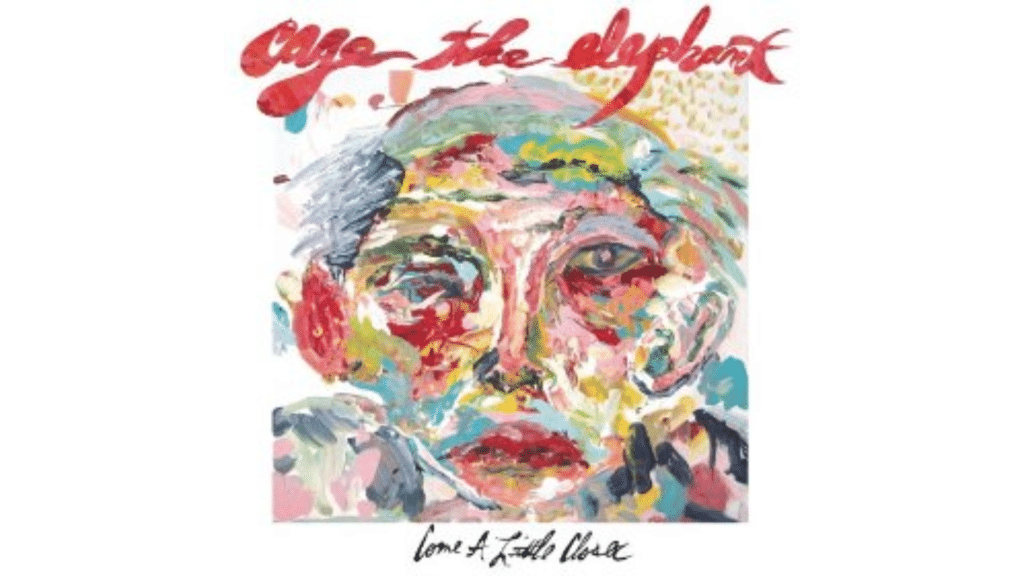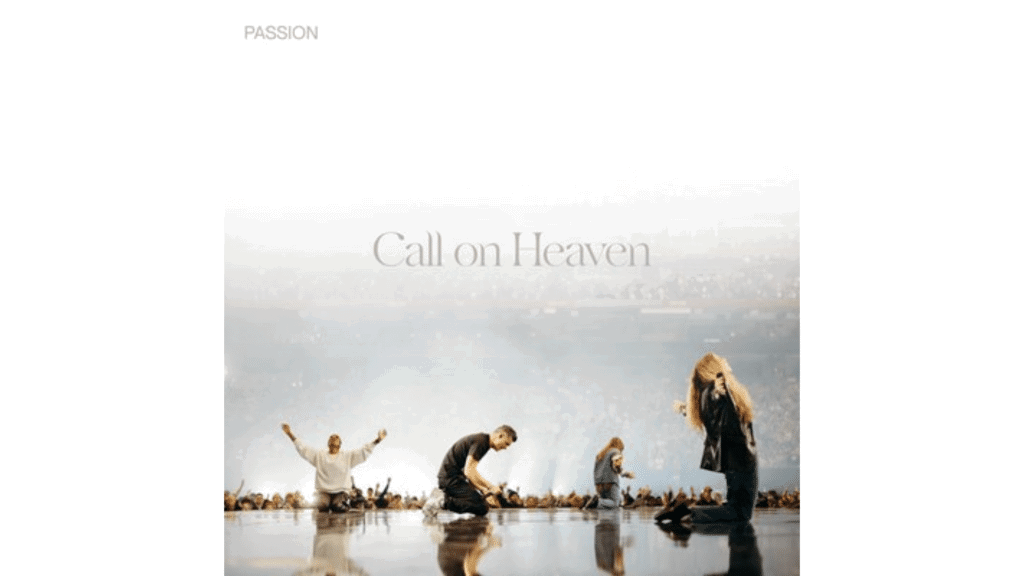If you’re a fan of unique vocal performances, you’ll know that famous countertenor singers have captivated audiences worldwide with their extraordinary range.
In this blog, we’ll take you on a journey through the world of countertenors, introducing you to rising stars making waves in the classical music scene.
We’ll explore what makes a countertenor’s voice so special, go into the history of this vocal type, and spotlight some of the most talented emerging famous countertenor singers from around the globe.
Get ready to discover voices that will leave you in awe and possibly challenge your perceptions of what the human voice can achieve.
What is a Countertenor?
A countertenor is a male singer with an exceptional ability to sing in a range typically associated with female voices. These talented vocalists can reach notes in the alto and sometimes even soprano ranges, setting them apart from other male voice types.
Unlike tenors who sing in a naturally high male voice or baritones who occupy the middle range, countertenors use a special technique to access their upper register, often called their “head voice” or “falsetto.”
The Rising Popularity of Countertenors in Modern Music
In recent years, famous countertenor singers have seen a surge in popularity within the classical music world. Once a rarity on the opera stage, these unique voices are in high demand for traditional and contemporary productions.
This shift marks a return to prominence for a voice type highly valued during the Baroque era but fell out of favor in later periods.
Today, composers are writing new works specifically for countertenors, and opera houses are reviving long-forgotten pieces that showcase these extraordinary voices.
This renewed interest has breathed fresh life into the classical music scene, attracting new audiences and challenging traditional notions of male vocal performance.
Top 7 Emerging Global Countertenor Talents
This section showcases a diverse group of rising stars in countertenor singing. These seven artists are making waves from different corners of the globe with their unique voices and fresh interpretations of classical and contemporary works.
1. Jakub Józef Orliński (Poland)

Jakub Józef Orliński’s performances combine a powerful voice with modern flair. This Polish artist is redefining the image of countertenors for a new generation.
- Significance: One of the most influential modern countertenors known for operatic roles and pop-culture presence.
- Background: Polish singer famous for combining baroque music with contemporary styles.
- Impact: Known for his charismatic performances and breakdancing, bridging classical music with modern arts.
2. Philippe Jaroussky (France)
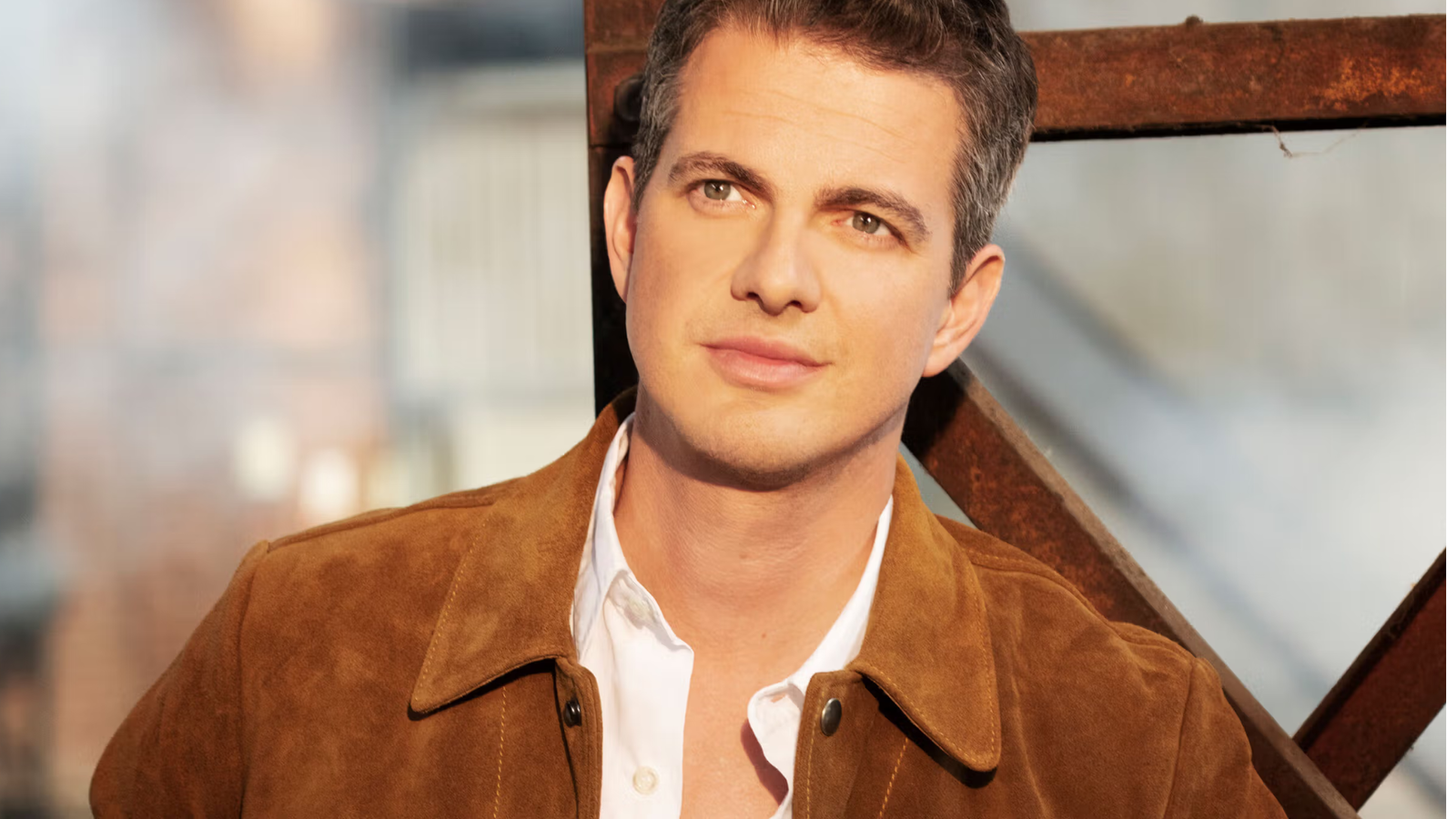
Philippe Jaroussky’s angelic voice has captivated audiences worldwide. His interpretations of baroque repertoire are both technically brilliant and emotionally stirring.
- Significance: Renowned for his exceptional technique and emotional depth in baroque music.
- Background: French artist with a strong foundation in violin before switching to vocal performances.
- Impact: Widely celebrated for his virtuosic control and a leading influence on the French classical music scene.
3. Iestyn Davies (United Kingdom)
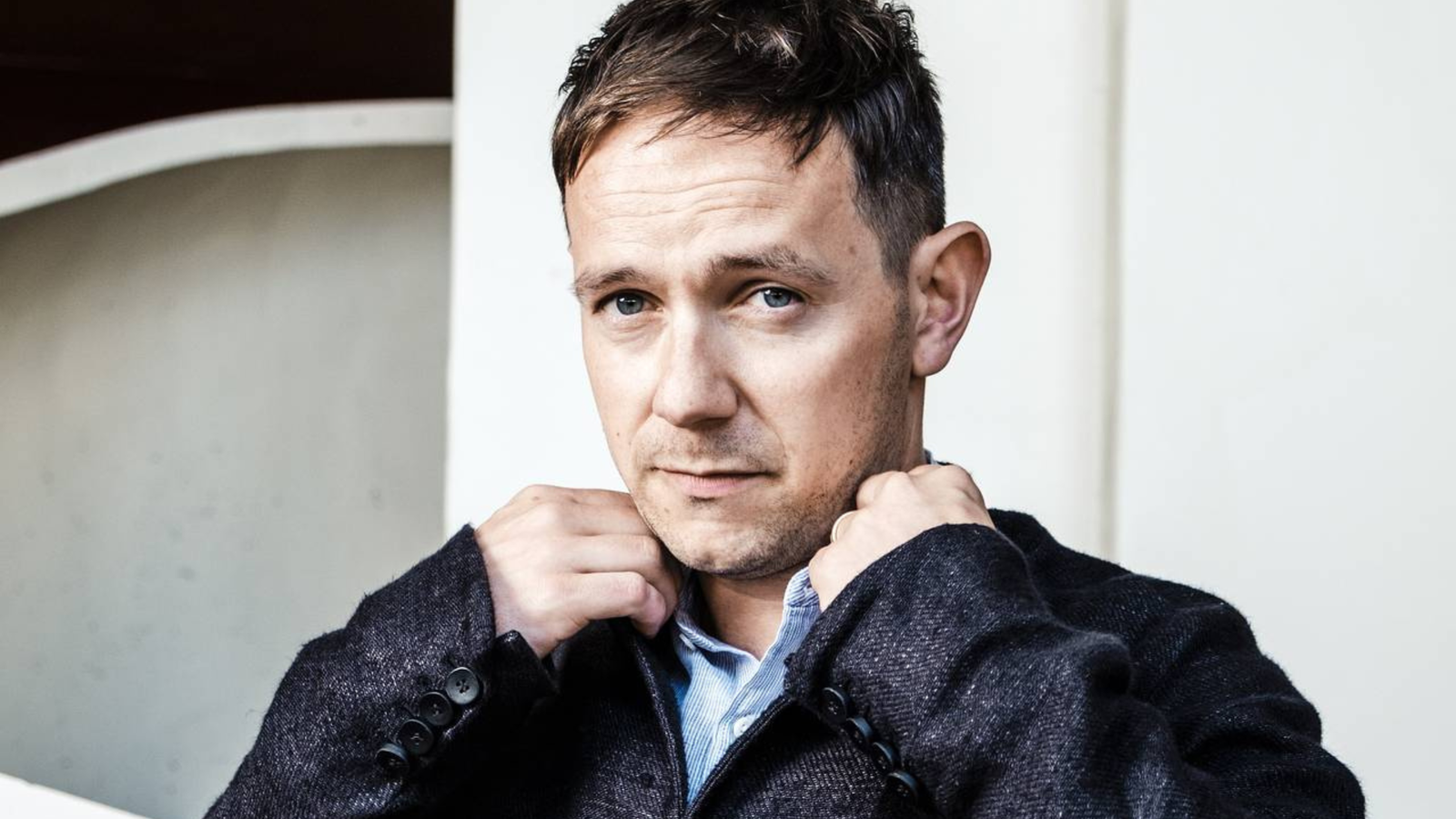
Iestyn Davies brings a rich, warm tone to ancient and modern compositions. His versatility shines in opera houses and concert halls alike.
- Significance: A versatile performer known for roles in both opera and orchestral works.
- Background: British singer with deep connections to the English National Opera and international performances.
- Impact: Prominent in the resurgence of Baroque opera, bringing countertenor roles to new heights.
4. Reginald Mobley (United States)
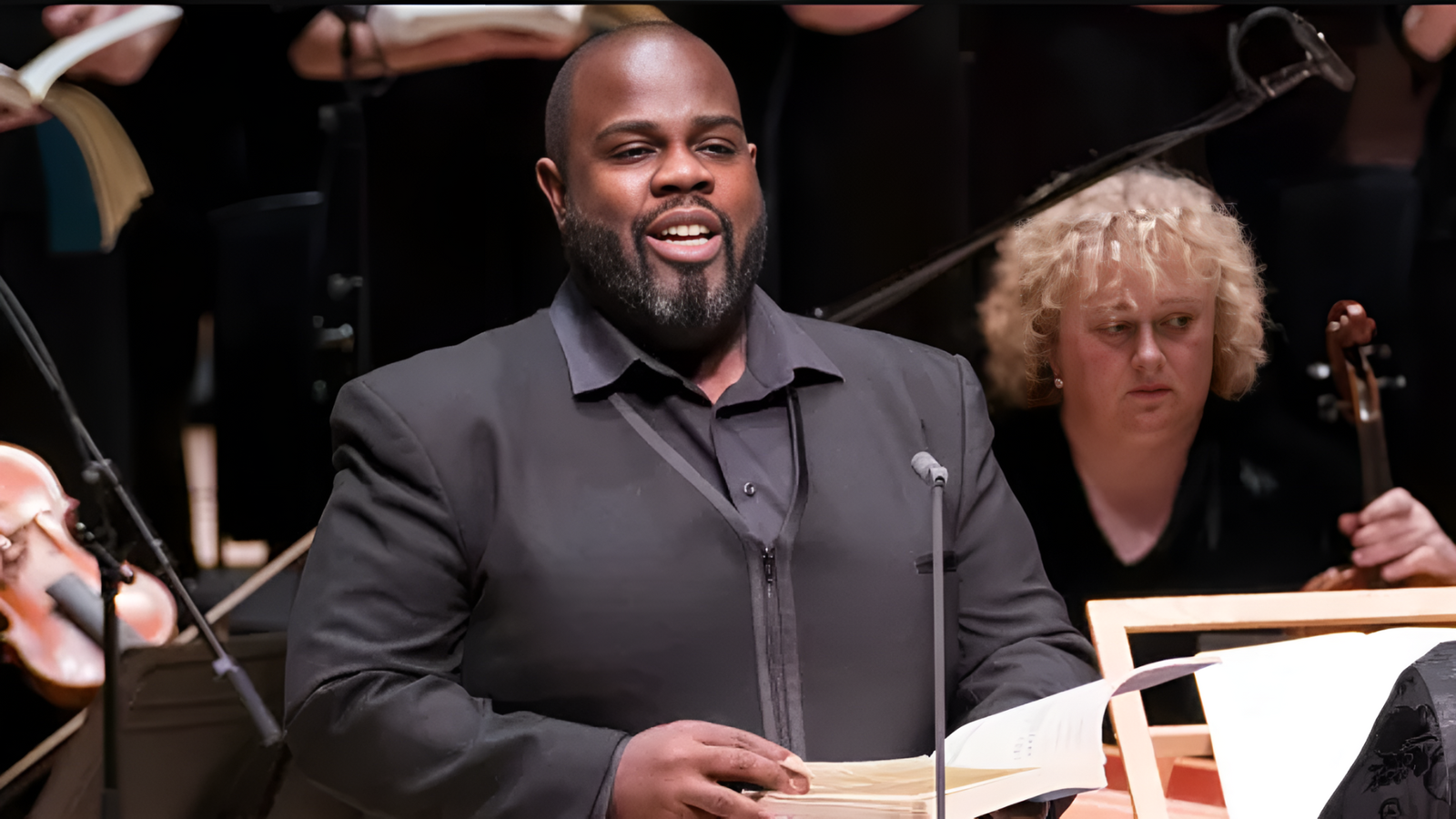
Reginald Mobley’s voice bridges centuries and cultures with remarkable ease. His performances of spirituals and early music are deeply moving and culturally significant.
- Significance: An American artist making waves with his emotive interpretation of spirituals and early music.
- Background: Known for his performances in both the U.S. and U.K., including a recent appearance at the Coronation of King Charles III.
- Impact: A key figure in blending classical techniques with American spiritual music, expanding the reach of the countertenor voice.
5. Max Emanuel Cencic (Austria)
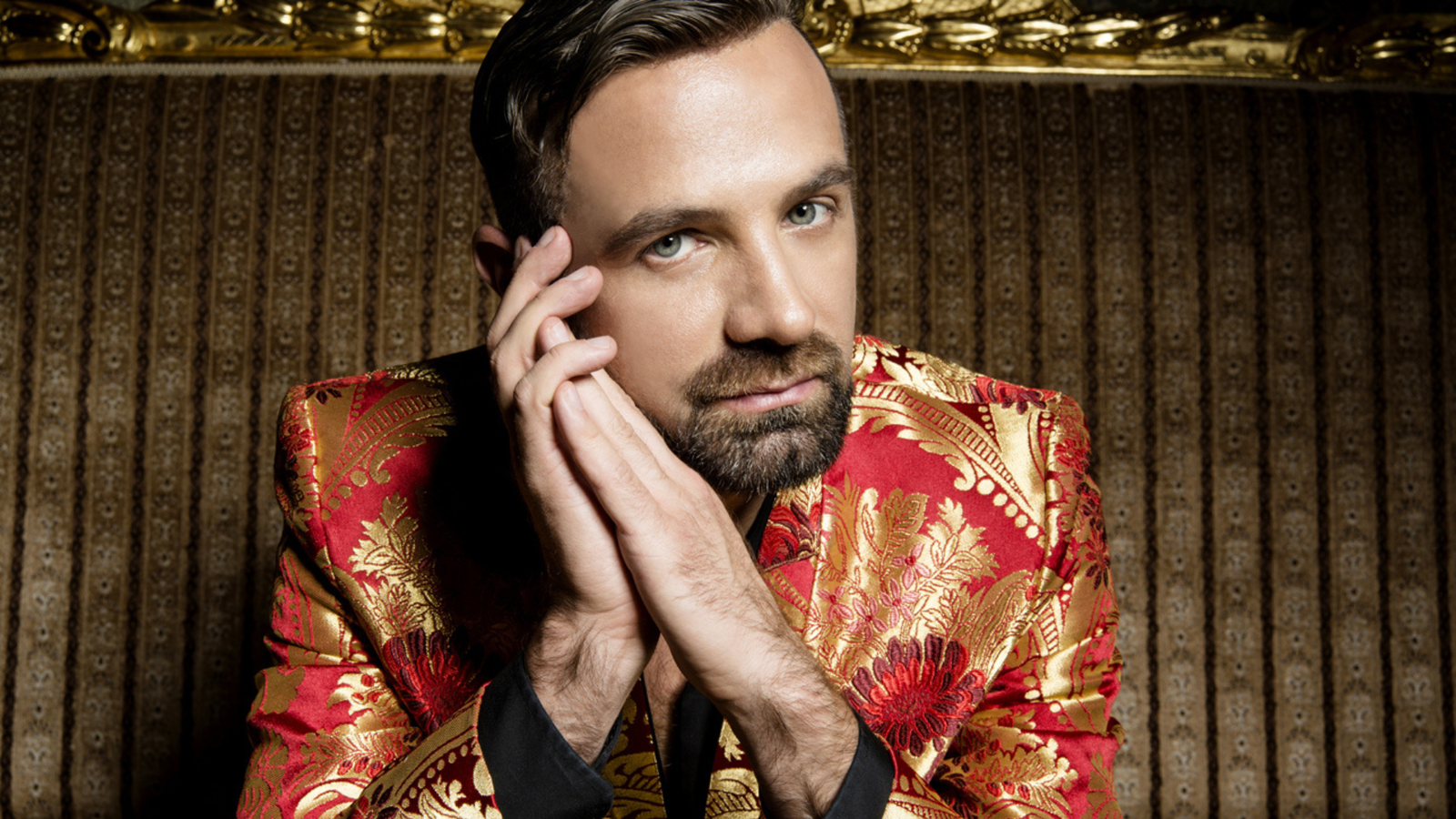
Max Emanuel Cencic’s career spans performance and artistic direction, shaping the future of countertenor music. His interpretations of Baroque works are both authentic and innovative.
- Significance: A multi-talented singer and artistic director known for his work with Baroque music ensembles.
- Background: Austrian artist who began his career with the Vienna Boys’ Choir.
- Impact: Known for both his solo performances and his role in promoting young talent through his artistic direction.
6. Bejun Mehta (United States)
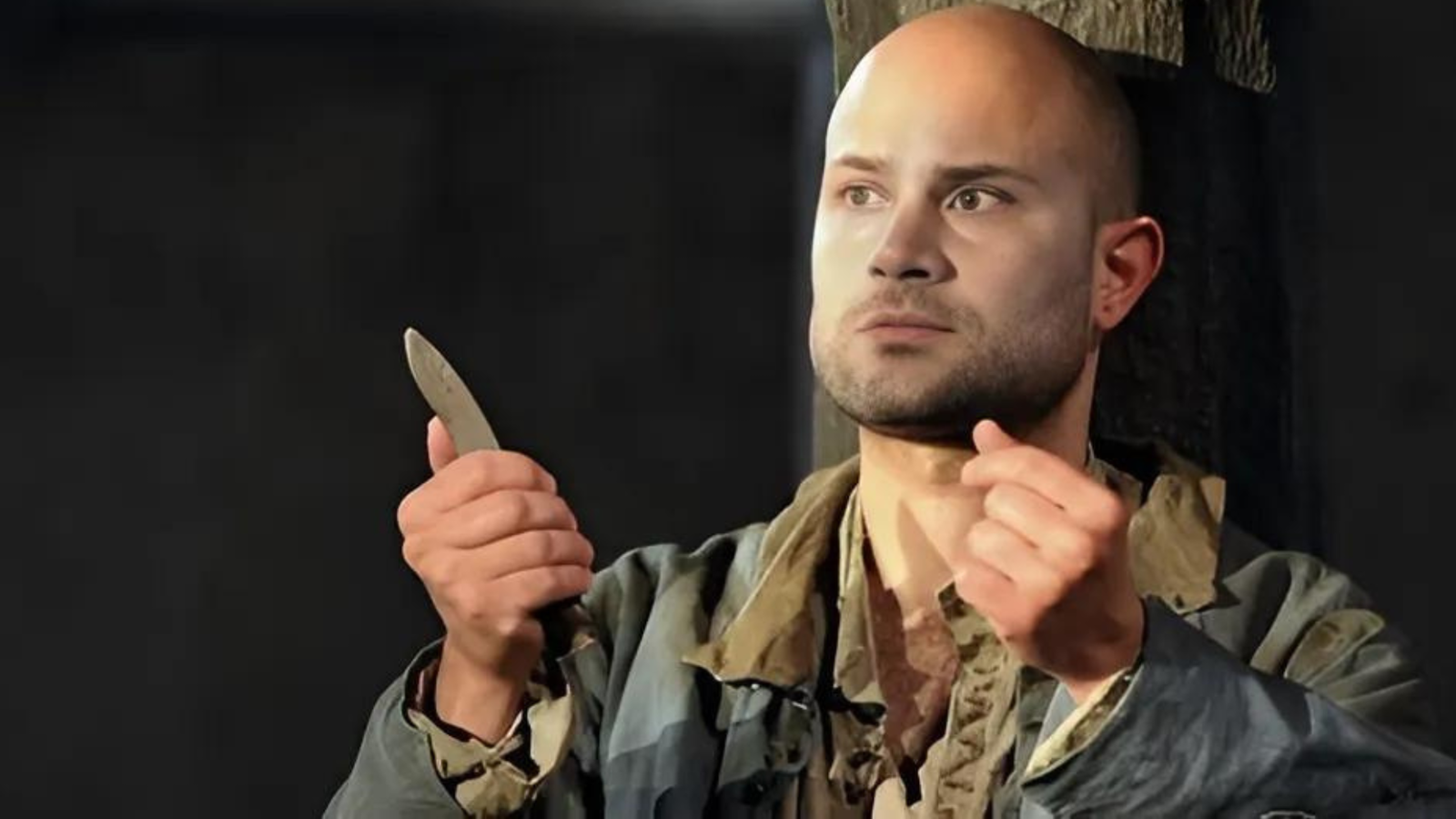
Bejun Mehta combines technical mastery with profound musicality in his performances. His work spans centuries of musical tradition, always delivered with contemporary relevance.
- Significance: A highly versatile American singer celebrated for his operatic and concert performances.
- Background: A graduate of multiple music conservatories, known for his ability to blend technical prowess with emotional delivery.
- Impact: Frequently performs across Europe, contributing to the countertenor resurgence in mainstream classical music.
7. David Hansen (Australia)
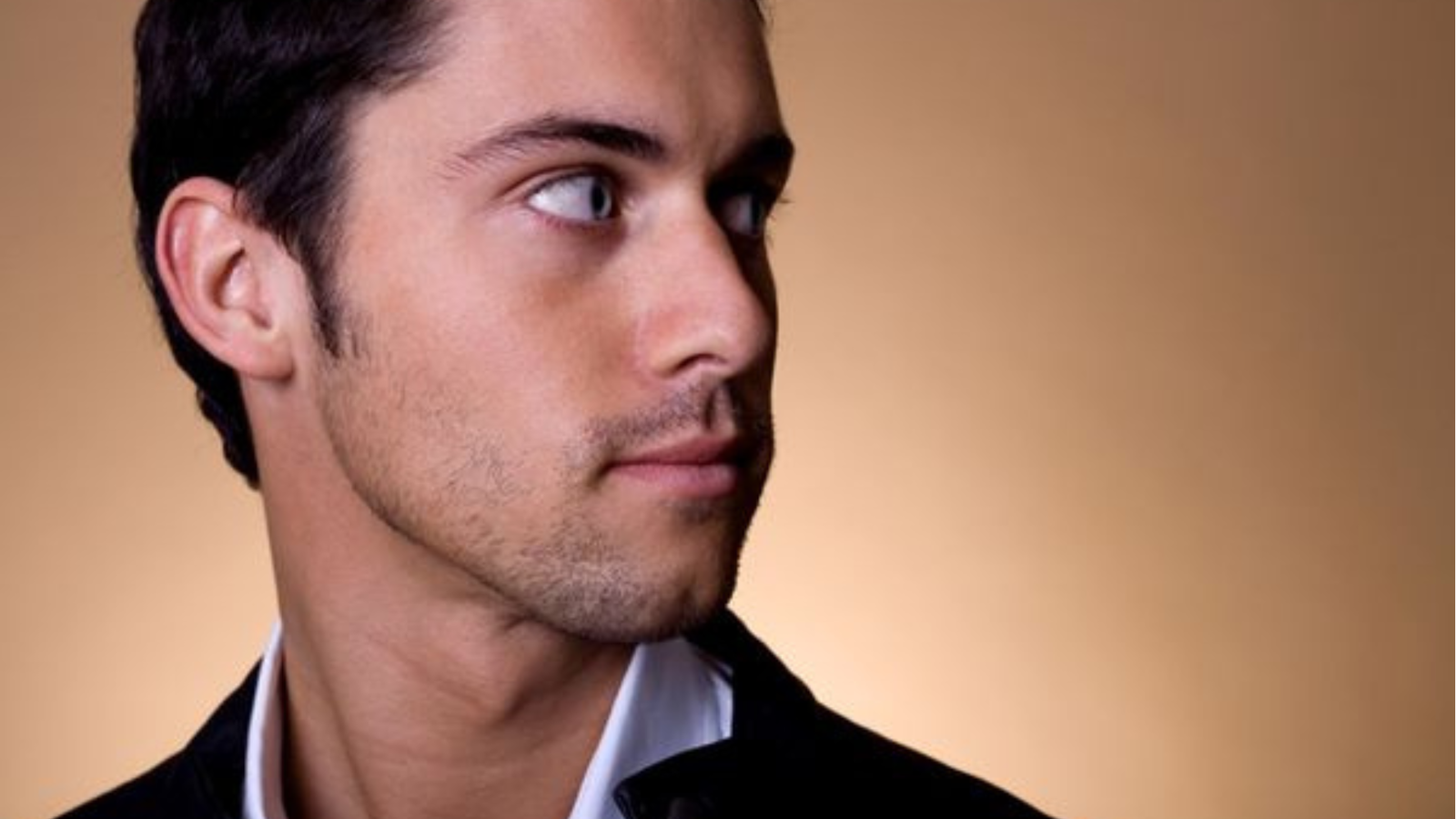
David Hansen’s bold approach to countertenor repertoire expands the art form’s boundaries. His adventurous performances challenge and delight audiences in equal measure.
- Significance: A rising star in the global countertenor scene, known for his bold and adventurous vocal choices.
- Background: Australian artist trained at the Sydney Conservatorium of Music.
- Impact: Known for taking on challenging roles pushing the boundaries of what is traditionally expected from countertenors.
The Evolution of the Countertenor Voice
The countertenor voice has a rich history dating back to the Middle Ages and Renaissance. However, it fell out of favor in the 18th and 19th centuries.
The 20th century saw this unique voice-type revival, largely thanks to pioneers like Alfred Deller and James Bowman. These artists reintroduced the world to the beauty and versatility of the countertenor voice, paving the way for future generations.
Impact of Baroque Revival
The renewed interest in Baroque music brought countertenors back into the spotlight. The demand for skilled countertenors grew as music lovers rediscovered works by composers like Handel and Vivaldi.
These singers were cast in roles originally written for castrati, breathing new life into centuries-old operas and oratorios.
Modern Interpretations and Expanding Horizons
Today’s emerging countertenors are pushing boundaries and exploring new territories. While they continue excelling in traditional operatic roles, many collaborate with contemporary composers and venture into popular music genres.
This repertoire expansion has showcased the versatility of the countertenor’s voice and challenged conventional notions of gender in vocal performance.
Famous countertenor singers are now at the forefront of breaking down stereotypes and redefining what it means to be a male singer in the 21st century.
Challenges and Opportunities for Countertenor Artists
Niche Market
Famous countertenor singers operate in a growing niche market within classical music.
Challenges They Face
-
- A limited number of roles specifically written for countertenors
- Competition in an opera world dominated by traditional voice types
Some Opportunities for Them
-
- Increasing interest from opera houses and concert halls in countertenor performances
- Unique voice type allows for fresh interpretations of classic and contemporary works
- Standing out due to the distinctiveness of the countertenor’s voice
The Role of Digital Platforms
Digital platforms are opening new avenues for countertenors to showcase their talents.
Key Platforms for Countertenor Singers
Countertenors find new ways to showcase their talents and connect with audiences in the digital age. Platforms like YouTube, Instagram, and TikTok have become powerful tools for these artists to share their performances and build a global fan base.
Benefits of Digital Platforms
-
- Ability to reach a global, often younger audience
- Direct connection with fans, bypassing traditional gatekeepers
- Opportunity to demonstrate versatility through varied content
These digital platforms are helping to democratize access to music, allowing countertenors to reach audiences directly. They’re also providing opportunities for collaboration and experimentation that might not be possible in traditional classical music settings.
As a result, many famous countertenor singers are finding ways to blend their classical training with contemporary styles, creating a unique niche that spans multiple genres and appeals to a diverse audience.
Conclusion
The world of countertenor singing continues to evolve, blending centuries-old traditions with modern innovations. As these unique voices gain recognition, they challenge and expand our understanding of vocal artistry.
From Baroque masterpieces to contemporary collaborations, famous countertenor singers are proving their versatility and relevance in today’s music scene.
Despite facing challenges in a niche market, countertenors are finding new opportunities through digital platforms and innovative performances. Their distinctive sound captivates audiences across genres, breaking down barriers between classical and popular music.
As we look to the future, the countertenor’s voice stands poised to play an increasingly significant role in the musical landscape.
With their exceptional range and expressive power, these artists are not just preserving a historical vocal tradition but reimagining it for the 21st century and beyond.

Casey Monroe

Casey Monroe
Related Articles

Gigwise.com is your go-to for fashion, beauty, celebrity, lifestyle, and music content that delights and informs. From emerging style trends to exclusive interviews, chart-topping hits to wellness tips, we blend culture and sound to keep you entertained and in the know.
